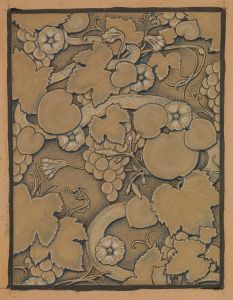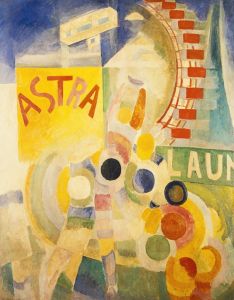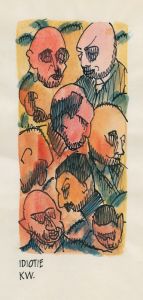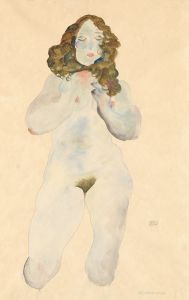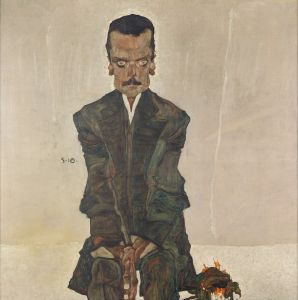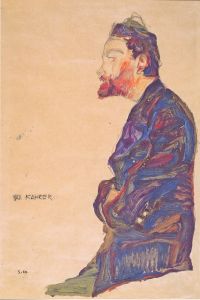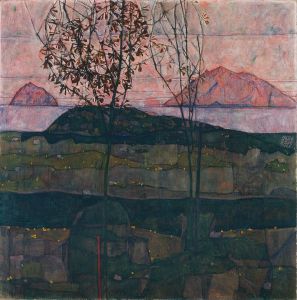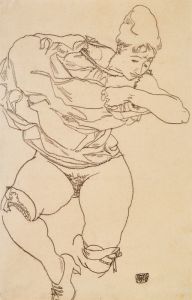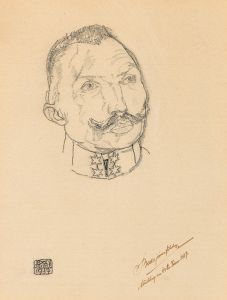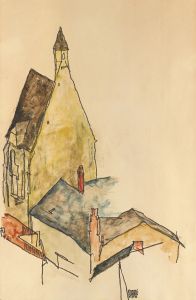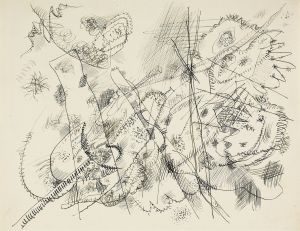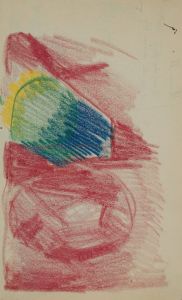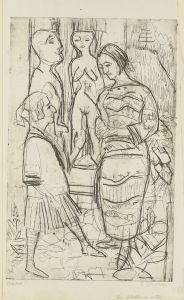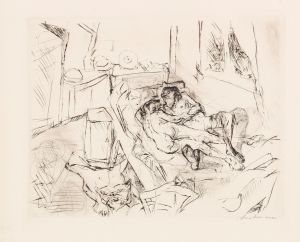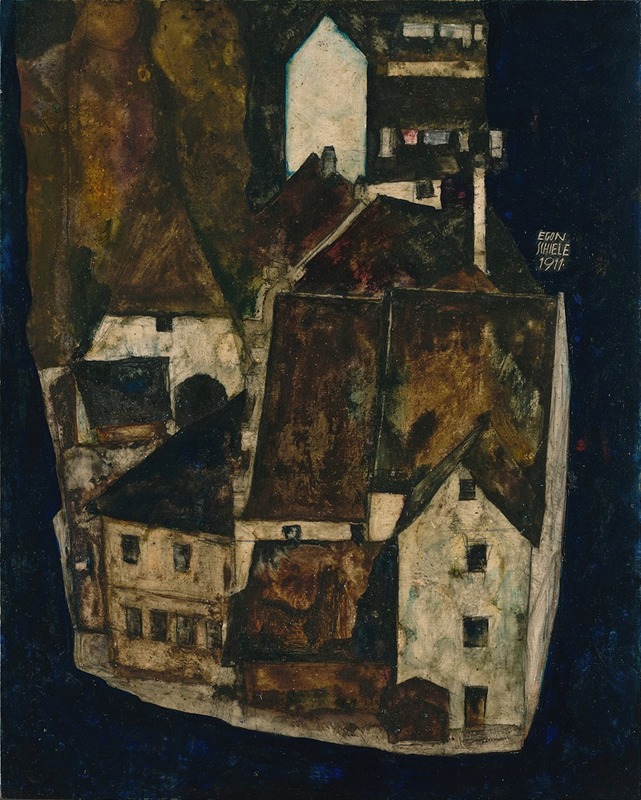
Dead City III
A hand-painted replica of Egon Schiele’s masterpiece Dead City III, meticulously crafted by professional artists to capture the true essence of the original. Each piece is created with museum-quality canvas and rare mineral pigments, carefully painted by experienced artists with delicate brushstrokes and rich, layered colors to perfectly recreate the texture of the original artwork. Unlike machine-printed reproductions, this hand-painted version brings the painting to life, infused with the artist’s emotions and skill in every stroke. Whether for personal collection or home decoration, it instantly elevates the artistic atmosphere of any space.
Egon Schiele's "Dead City III" is a notable work by the Austrian Expressionist painter, created in 1911. Schiele, known for his intense and often unsettling portrayals of the human form and urban landscapes, was a prominent figure in early 20th-century art, closely associated with the Vienna Secession movement. His works are characterized by their raw emotional power, bold use of color, and distinctive style that often explored themes of death, sexuality, and existential angst.
"Dead City III" is part of a series of paintings that Schiele produced during a period when he was deeply engaged with the motif of the cityscape, particularly the town of Krumau (now Český Krumlov in the Czech Republic), which held personal significance for him. Krumau was the birthplace of Schiele's mother, and he spent considerable time there, drawing inspiration from its medieval architecture and atmospheric streets. The town's unique aesthetic and historical ambiance provided a rich backdrop for Schiele's exploration of urban decay and the passage of time.
In "Dead City III," Schiele employs a vivid palette and dynamic composition to depict a cluster of buildings that appear both vibrant and desolate. The painting's title suggests a sense of abandonment or decline, a theme that resonates with the broader existential concerns present in Schiele's oeuvre. The buildings are rendered with sharp, angular lines and are tightly packed together, creating a sense of claustrophobia and tension. This architectural density is contrasted with the open sky above, which is often depicted in Schiele's works with swirling, expressive brushstrokes.
The painting reflects Schiele's interest in the psychological and emotional dimensions of space, as well as his fascination with the interplay between life and death. The "dead city" can be interpreted as a metaphor for the isolation and alienation experienced in modern urban life, a recurring theme in Schiele's art. His ability to convey complex emotional states through his depiction of inanimate objects is a testament to his skill as an artist and his deep understanding of human psychology.
Schiele's work, including "Dead City III," was initially met with controversy due to its provocative subject matter and unconventional style. However, he gained recognition and acclaim in the years following his untimely death in 1918 at the age of 28. Today, Schiele is celebrated as one of the leading figures of Austrian Expressionism, and his paintings are held in high regard for their innovative approach and emotional depth.
"Dead City III" continues to be studied and admired for its bold composition and the way it encapsulates Schiele's unique artistic vision. The painting is housed in a private collection, and its influence can be seen in the works of subsequent generations of artists who have drawn inspiration from Schiele's exploration of the human condition and the urban environment.





